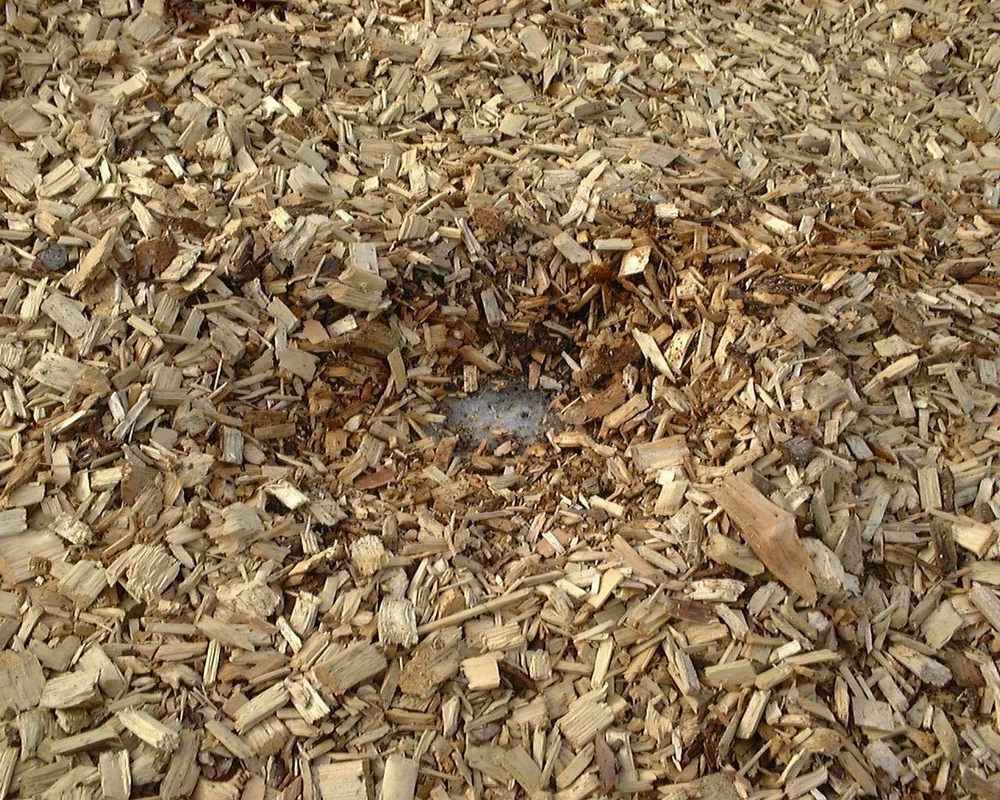Oil companies are pumping out oil and natural gas 24/7 in order to meet the worldwide demand for fuel. Despite the apparent assumption that our grandchildren will be able to drive SUVs running on gasoline, the fact is that fossil fuel resources are becoming exhausted more rapidly than we can imagine. To solve the problem, scientists and researchers have suggested switching to biofuels.
Essentially, biofuels derive energy from biological carbon fixation: the process of converting inorganic carbon into organic carbon. Biofuels can be derived from biomass—organic material that can either be burned directly or processesed to produce liquid fuels or biogases.
The main liquid biofuels used are bioethanol, biodiesel, green diesel, vegetable oil, and bio-ethers, and are particularly helpful in reducing emissions. Biodiesel, for example, is added to fossil fuel diesel to lower carbon monoxide and hydrocarbon emissions from diesel-powered vehicles.
Despite these benefits, many liquid biofuels are not necessarily sustainable, because they are produced from conventional food crops like sugarcane, corn, and soybean, making biofuels major competitors with food. This causes food prices to rise. The reverse effect is also true—as food prices go up, so do biofuel prices.
Further, the energy content in current biofuels is less than that of fossil fuels—ethanol only has one third of the energy as the same volume of gasoline, and biodiesel only contains 80 per cent of the energy of petroleum-based diesel. Bioethanol production is also very expensive when one considers the production, storage, and conversion from biomass to fuel.
If good crop land is used to produce energy crops for production of biofuels instead of food crops, a ‘food versus fuel’ situation may occur. Using crop land to produce biomass is undoubtedly a misuse of land.
On the other hand, if the energy is derived from products of agricultural waste, domestic refuse, sawdust, grass trimmings and dried manure, then land misuse is no longer an issue.
However, the combustion of raw biomass emits considerable amounts of pollutants, such as particulates and Polycyclic Aromatic Hydrocarbons, which are both linked to health concerns. Also, converting raw biomass into liquid biofuel results in the loss of around two thirds of the energy content.
To overcome these problems, scientists have come up with ‘second generation biofuels.’ This class of biofuels is made from sustainable feedstock crops, non-food crops and inedible waste products that do not divert food away from the animal or human food chains.
Dr. Donald Smith is the director of BioFuelNet Canada, a newly formed national research network. In addition, he directs the McGill Network for Innovation in Biofuels and Bioproducts, and is a professor in the department of plant science. His research includes studying methods to increase the sequestration of CO2 from the atmosphere into crop plants, for eventual sequestration into soil, or for the production of bioproducts. The focus of his work is using crop plants for greenhouse gas management.
Dr. Smith believes “the problem regarding the energy efficiency of the biofuels in terms of its output can be solved by changing the energy density using chemistry.” He adds that production of biofuels is not a waste of land if it does not utilise primary agricultural land. Nevertheless, issues with producing cellulosic ethanol, a promising biofuel, and its energy content remain.
I believe that production of this kind of biofuel is not necessarily a waste of land. However, their potential to replace the energy efficiency of gasoline remains questionable.










Pingback: Waste to Energy News (Part 1) | Earth's Energy